-

-
 High-performance Training Microscope The new Leica M620 TTS (tabletop stand) microscope meets the needs of surgical trainees as well as trainers. The Leica M620 TTS microscope system offers brilliant resolution, a large depth of field with outstanding stereopsis, and natural color reproduction on a convenient tabletop stand.
High-performance Training Microscope The new Leica M620 TTS (tabletop stand) microscope meets the needs of surgical trainees as well as trainers. The Leica M620 TTS microscope system offers brilliant resolution, a large depth of field with outstanding stereopsis, and natural color reproduction on a convenient tabletop stand. -
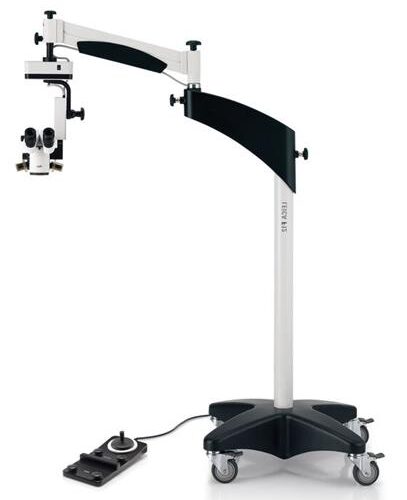 The Leica M220 F12 - an ophthalmic microscope is fully dedicated to the needs of ophthalmic surgery. Prestigious Leica optics motorized 5-step APO-chromatic magnification changer and focus, LED-illumination without fiber optics cables for direct and instant Red Reflex, and upgradeable XY-unit are standard features
The Leica M220 F12 - an ophthalmic microscope is fully dedicated to the needs of ophthalmic surgery. Prestigious Leica optics motorized 5-step APO-chromatic magnification changer and focus, LED-illumination without fiber optics cables for direct and instant Red Reflex, and upgradeable XY-unit are standard features -
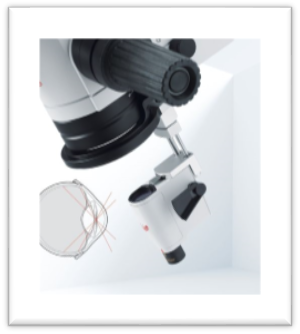 The Leica RUV800 Retinal Upright Viewing system is designed to work with Leica ophthalmic microscopes. The Leica RUV800, with its integrated inverter, sits beneath the microscope’s optics and gives the surgeon, the assistant, and the video camera the same upright view of the retina. This makes it easier and safer to position and insert surgical instruments during surgery.
The Leica RUV800 Retinal Upright Viewing system is designed to work with Leica ophthalmic microscopes. The Leica RUV800, with its integrated inverter, sits beneath the microscope’s optics and gives the surgeon, the assistant, and the video camera the same upright view of the retina. This makes it easier and safer to position and insert surgical instruments during surgery. -
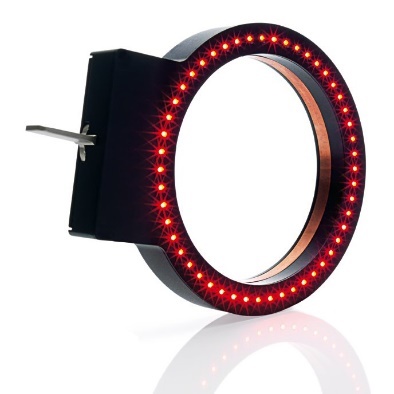 The Leica Keratoscope is a ring illuminator used intraoperatively to qualitatively evaluate the corneal curvature of the eye for astigmatism. With the Leica Keratoscope the surgeon now has a cost-effective, integrated instrument to help assess the shape of the anterior surface of the cornea. This will aid him or her in making limbal relaxing incisions (LRIS) and positioning Toric IOLs.
The Leica Keratoscope is a ring illuminator used intraoperatively to qualitatively evaluate the corneal curvature of the eye for astigmatism. With the Leica Keratoscope the surgeon now has a cost-effective, integrated instrument to help assess the shape of the anterior surface of the cornea. This will aid him or her in making limbal relaxing incisions (LRIS) and positioning Toric IOLs. -
 The DI C800 Digital Imaging Color Module is an easy-to-use and ergonomic solution that allows the surgeon to view imaging data in the highest quality. It takes XGA signals from a variety of external sources and displays them in the surgeon’s eyepiece
The DI C800 Digital Imaging Color Module is an easy-to-use and ergonomic solution that allows the surgeon to view imaging data in the highest quality. It takes XGA signals from a variety of external sources and displays them in the surgeon’s eyepiece -
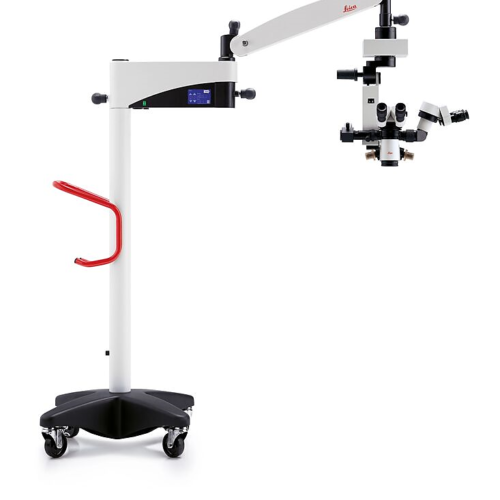 The Leica M620 F20 – an ophthalmic surgical microscope with its crisp, sharp OptiChrome™ optics gives the surgeon natural color, outstanding depth-of-focus and higher contrast for maximum detail recognition.
The Leica M620 F20 – an ophthalmic surgical microscope with its crisp, sharp OptiChrome™ optics gives the surgeon natural color, outstanding depth-of-focus and higher contrast for maximum detail recognition. -
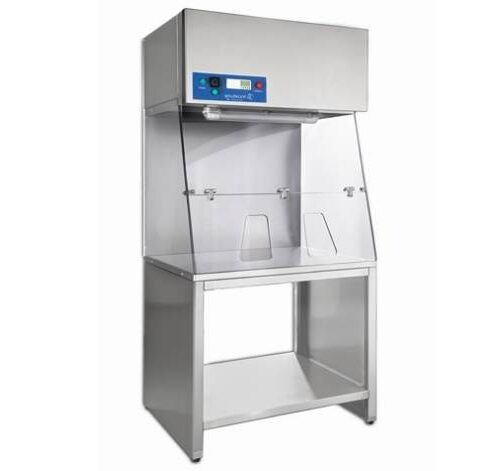
-
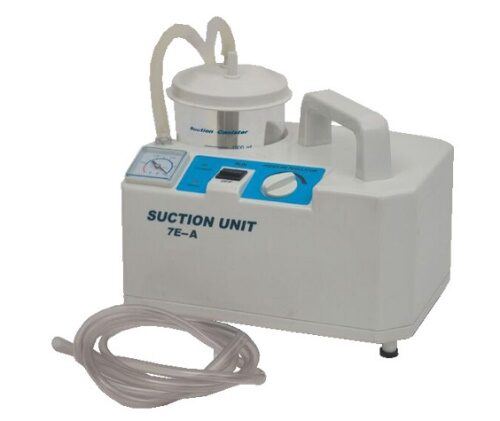
-
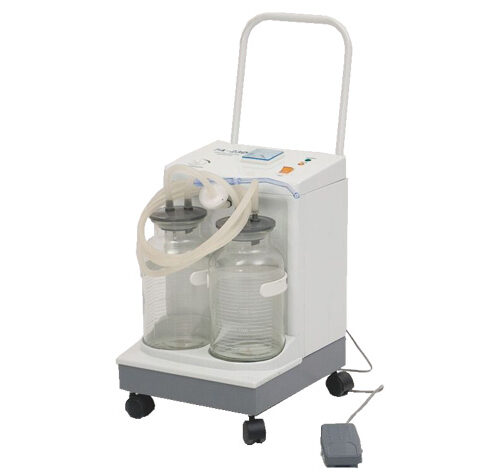
-
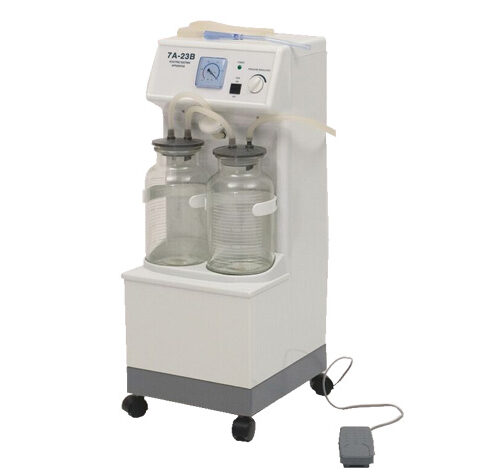
-
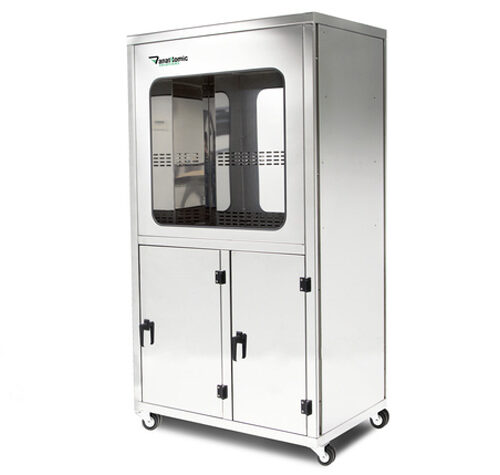 It is a machine specially designed for the separation of remains of any nature, from bone remains from incineration. Simplifies to the maximum the tasks derived from the processing of the ashes. It also produces the refinement of them, conferring uniformity of granulometry
It is a machine specially designed for the separation of remains of any nature, from bone remains from incineration. Simplifies to the maximum the tasks derived from the processing of the ashes. It also produces the refinement of them, conferring uniformity of granulometry
